Most Hungarians would think that perhaps only the music of Kodály and Bartók won at least as much success and recognition outside of the country as inside there. Yet there is something else – at least one more thing for sure, in which Hungarians were in the vanguard of the early 20th century, and which, paradoxically, is less known in Hungary than abroad. This is photography.
The London Royal Academy of Fine Arts devoted a large-scale exhibition to this topics with the title “EYEWITNESS – Hungarian Photography in the 20th Century”. The exhibition focuses on Brassaï, Robert Capa, André Kertész, László Moholy-Nagy and Martin Munkácsi, who left the country in the mid-twenties and made career in the West, breaking new, revolutionary ways in photography, which found around that time its own independent path, largely thanks to them. We plan to write separate posts about them later.
But the title of the exhibition does not lie – it is really an overview of 20th-century Hungarian photography, with about twenty photos by fifty photographers, presenting also the masters who remained at home and the less famous, but still outstanding emigrants.
As well as the way of photography in Hungary after the iron curtain fell.
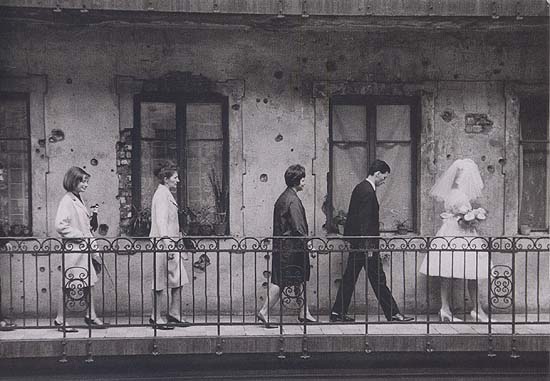 László Fejes – Wedding, Budapest, 1965. The photo won World Press Photo Award golden medal, but because of its associations of the oppressed revolution of 1956 and the hopelessness of the present, Fejes was prohibited from further publication.
László Fejes – Wedding, Budapest, 1965. The photo won World Press Photo Award golden medal, but because of its associations of the oppressed revolution of 1956 and the hopelessness of the present, Fejes was prohibited from further publication.The reason of this wide selection was the fact that among the artists who stayed at home there were at least as many outstanding masters – Angelo, Rudolf Balogh, Károly Escher, Kata Kálmán, József Pécsi, Dénes Rónai – who in their time, due to the local topics they dealt with, were not able to obtain publicity abroad.
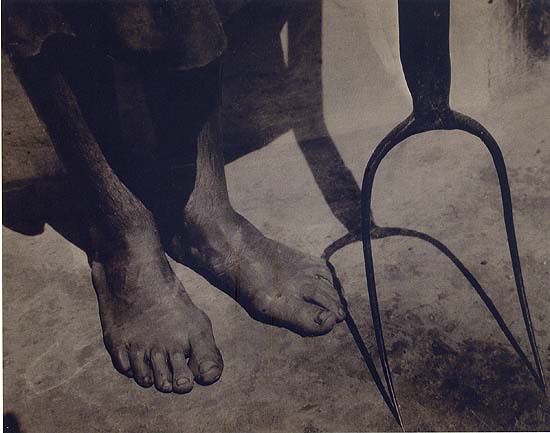 Ferenc Haár – Worker’s lunch break, 1931. Just as later, during the Soviet occupation, already in post-1920 Hungary torn into pieces by the Treaty of Trianon, “the country of three million beggars”, social-documentary photography became a political tool, strongly positioned as an opposite to the romantic and idealized image of peasant life, represented by the “Hungarian Style” movement.
Ferenc Haár – Worker’s lunch break, 1931. Just as later, during the Soviet occupation, already in post-1920 Hungary torn into pieces by the Treaty of Trianon, “the country of three million beggars”, social-documentary photography became a political tool, strongly positioned as an opposite to the romantic and idealized image of peasant life, represented by the “Hungarian Style” movement.
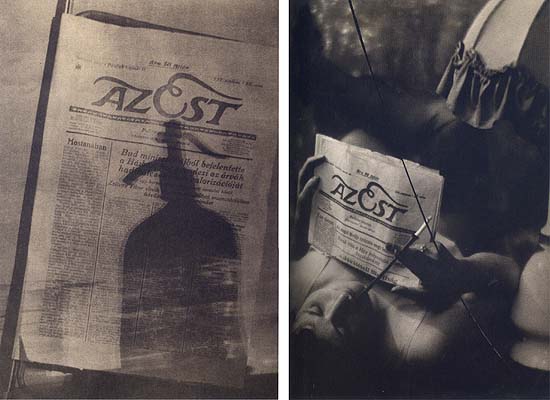 Dénes Rónai – The Evening, A Woman Holding a Cigarette, Budapest, 1929; József Pécsi – The Evening, 1927
Dénes Rónai – The Evening, A Woman Holding a Cigarette, Budapest, 1929; József Pécsi – The Evening, 1927The synoptic character of the exhibition, as well as the essays by Colin Ford, Péter Baki and George Szirtes, try to find an answer to the question: how is it possible, that, quoting the American journalist and picture editor John G. Morris, “a vocation that seems to come naturally to Hungarians”.
“Leave the fine art to fine artists, and try to make photos with photography’s own tools which, borrowing nothing from other arts, owe only to their photographic values to exceed their predecessors.” Albert Renger-Patzsch: Ziele, Das Deutsche Lichtbild, 1927: XVIII, in Gábor Szilágyi: A history of photography, 1982, Budapest
“The new objectivity (…) this is our password today (…) The new trend is the representation of figures and objects in bold and new perspectives.” Dénes Rónai: On modern photography, 1930-32, Hungarian Photography, in Szilágyi Gábor Szilágyi: A history of photography, 1982, Budapest
“The new objectivity (…) this is our password today (…) The new trend is the representation of figures and objects in bold and new perspectives.” Dénes Rónai: On modern photography, 1930-32, Hungarian Photography, in Szilágyi Gábor Szilágyi: A history of photography, 1982, Budapest

To abandon the familiar themes, style and settings of painting, to create photography’s own voice through intentionally realistic and matter-like representation, new points of view, daring choice of subjects and image clippings – this was the slogan of the innovative European photographers of the 20s and 30s, especially in Germany, where the “new objectivity”, the Bauhaus itself was created.
A new way of seeing needs an open mind. None of the five had a formal photographic education. Apart from Munkácsi and Kertész, they took the camera in their hands only in the emigration, and it was only Munkácsi who already at home did photography for a living.
But Brassai and Moholy-Nagy were also fine artists, the latter a professor at the Bauhaus. They, as well as Kertész, Munkácsi and Capa, saw the Budapest of the 1910s and 20s – the great authors Ady and Karinthy, the Art Nouveau. They saw the Berlin and Paris of the 20s and 30s, were present at the birth of the Bauhaus and the Paris avant-garde movement; they worked for the Berliner Illustrierte Zeitung, Life, Vu, Harper’s Bazaar, Vogue; among their friends were Kassák, Gropius, Picasso, Matisse, Chagall, Cocteau, actors, filmmakers, painters, dancers, journalists, poets. Having a time machine, one could hardly find a more dense and inspiring period to go back to.
“If your pictures aren’t good enough, you weren’t close enough” – Robert Capa
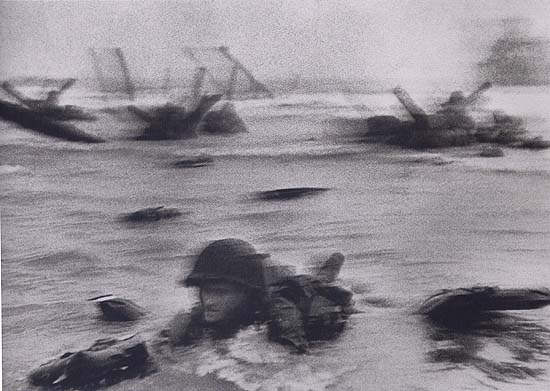 Robert Capa – American Soldier Landing on Omaha Beach, D-Day, Normandy, 6th June 1944
Robert Capa – American Soldier Landing on Omaha Beach, D-Day, Normandy, 6th June 1944(We have dedicated a separate post to this image)
The need of accuracy and of the representation of reality is not a mere technical concept. A credible photo requires more than just a different point of view and a fresh mind: you also have to see. Those five came from a Hungary where, as a counterpoint to the cosmopolitanism and vibrant intellectual life of the great cities, the vast rural background lived in a feudal backwardness and poverty, especially after the Treaty of Trianon in 1920. Similarly to the majority of the Hungarian intellectuals of the period, also came from poor or very poor families. They were very far from the intellectual attitude which is capable to see poverty as romantic, peoples’ lives as cliches and models of social sciences, the apocalypse as economic trends.

Martin Munkácsi wrote about the representation of reality:
“Cheesecake makes me sick. (…) To me the picture of a fat woman who wants to appear as slim, or of a skinny one who disguises herself as round, in order to make effect, is but a cheesecake. (…) But if the photo honestly speaks about the subject it represents – whether it is a half-naked, ridiculous little cock-a-doodle, it will never be a cheesecake. The intent is decisive. A photographer who always chooses easy and simple solutions, will never be capable of more than a cheesecake.” Martin Munkacsi: Cheesecake Makes Me Sick, 1946, in Gábor Szilágyi: A history of photography, 1982, Budapest
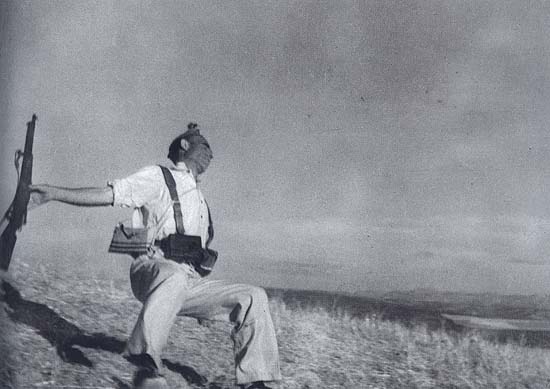 Robert Capa – Death of a Loyalist Militiaman, Cordoba, 1936. It was this photo, taken in the Spanish Civil War, which brought the fame to Capa.
Robert Capa – Death of a Loyalist Militiaman, Cordoba, 1936. It was this photo, taken in the Spanish Civil War, which brought the fame to Capa.“Among all means of expression, it is only photography which captures and registers the fleeting moment. The photographer sees really clearly that the phenomena are constantly changing, and once they are dead, there is no power on earth to call them back to life again (…) There is a moment in which the elements of the view come together to form a perfect harmony. The task of the photographer is to catch and register this moment.” These are the words of another photographic giant, Henri Cartier-Bresson, an admirer of Munkácsi and Kertész, as well as a friend and creative partner of Capa, in his The Decisive Moment, 1952, Simon and Schuster, New York, in Szilágyi Gábor: A history of photography, 1982, Budapest.
Apart from the “new objectivity”, this “decisive moment” will be the credo of the prominent photo journalists of the period, even before anyone put it into words, and this will make photography a really and completely new genre.

In the question of why was photographing “a vocation that seems to come naturally to Hungarians”, and why Capa could joke so brazenly that “talent is not enough, you also have to be a Hungarian”, the keyword in George Szirtes’s beautiful idea is also the decisive moment. Brassai, Capa, Kertész, Moholy-Nagy and Munkácsi came from a country whose borders were in constant change, which has always been threatened by outside powers, and these powers have always marched through and occasionally settled in it. In the last five hundred years of Hungarian history only a few peaceful moments were given between two apocalypses. Who else could have a better sense of capturing the beauty of the moment than this nation?
And the finest moments in the last five hundred years were exactly those short thirty euphoric years between 1890 and 1919 in which these five persons grew up, and which they took with themselves among the few belongings.
………………………………………………………………………………………………............................................
An opportune for the exhibition was offered by the EU presidency of Hungary in 2011. The curators were photo historians Péter Baki and Colin Ford, the former the director of the Museum of Hungarian Photography in Kecskemét, the latter the founder and general manager of the National Media Museum in Bradford.
“Brassai, Capa, Kertész, Moholy-Nagy and Munkácsi revolutionised photojournalism and art photography in the first half of the twentieth century. This handsome book examines how these five men, all of whom left their native country to work in Europe and America, established Hungary – that cultural and geographical intersection between east and west – as crucible of photography, and explores the influence of their vision and originality on succeeding generations of photographers. Illustrated with their major works and a number by their contemporaries – in many case using vintage prints from Hungarian collections – Eyewitness is a landmark publication int he study of modern photography.” – says the recommendation on the cover of the exhibition catalogue (Eyewitness – Hungarian Photography in the Twentieth Century. Brassai, Capa, Kertész, Moholy-Nagy and Munkácsi. 2011, Royal Academy of Arts, London, ISBN 978-1-905711-76-5).
“This handsome book” – and of course the exhibition itself – divides the presented material into five chapters:
I. Hungary 1914-1939. This part give an overview on the main trends and most important photographers (Angelo, Rudof Balogh, Kata Kálmán, Kata Sugár, Károly Escher, József Pécsi, Dénes Rónai, Ernő Vadas – Aladár Székely was omitted for some reason) of the period. It also has some early photos by Munkácsi and Kertész, for they were those among the five who already started to shoot at home.
II. The First World War and its aftermath – documentary photos by the above authors.
III. Moving away: Paris, Berlin, London, New York – This is of course the central part of the exhibition, presenting the largest number of photos: the beginnings of the careers of Brassai, Capa, Kertész, Moholy-Nagy, Munkácsi, some photos of their most important series, and some pictures of other emigrant Hungarian photographers.
IV. The Second World War and its aftermath – documentary photos by Hungarian photographers, mainly by Capa, who worked primarily as a war correspondent.
V. Hungary 1945-1989.
II. The First World War and its aftermath – documentary photos by the above authors.
III. Moving away: Paris, Berlin, London, New York – This is of course the central part of the exhibition, presenting the largest number of photos: the beginnings of the careers of Brassai, Capa, Kertész, Moholy-Nagy, Munkácsi, some photos of their most important series, and some pictures of other emigrant Hungarian photographers.
IV. The Second World War and its aftermath – documentary photos by Hungarian photographers, mainly by Capa, who worked primarily as a war correspondent.
V. Hungary 1945-1989.
I myself who, having grown up in Hungary, have seen lots of documentary photos, both good and bad, would have been more satisfied if the first and especially the third part of the exhibition had been much larger, if I saw much more photos which were selected not because of their news value or political edge, but because a fresh eye discovered the extraordinary in an otherwise completely ordinary moment. As I think that exactly these images and this capability is less known by the general public, therefore some of the illustrations of this post come not from the exhibition, but from my own books.
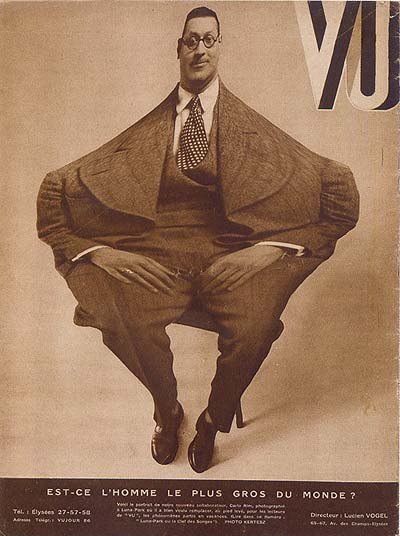 André Kertész – The back cover of VU, 125,6, August 1930, showing Carlo Rim, the magazine’s new editor-in chief, photographed by André Kertész at the Luna Park Funhouse int he Bois the Boulogne
André Kertész – The back cover of VU, 125,6, August 1930, showing Carlo Rim, the magazine’s new editor-in chief, photographed by André Kertész at the Luna Park Funhouse int he Bois the BoulogneAt the same time the reasons of the compilation of the exhibition are clear if the outspoken purpose is to present the background of these five authors, and the unspoken one is to bring our little-great nation somewhat closer to the British who, with the most complete innocence, often confuse us with the Bulgarians. And what could be a better tool for this than the photo which on the one hand lives longer in the memory, and on the other hand is partly known to the British public, at least to the less young part of it. Our English friend, who accompanied us, said in a complete amazement that he knew a good part of the pictures, but had no idea that all of them were made by Hungarian photographers. However, this is not the first overview exhibition of Hungarian photography in Britain. The National Media Museum of Bradford organized a similar one already in 1987 with the title The Hungarian Connection: The Roots of Photojournalism, with the collaboration of the present exhibition’s curator Colin Ford as well as of László Beke and Gábor Szilágyi (ISBN-10: 0948489065)
These five photographers represented an intellectual group and artistic attitude already in their own time which was not welcome in Hungary either in the Horthy era before the war, or during the Soviet occupation after it, even if we disregard such obviously inappropriate photos as Capa’s military news reports from the enemy’s side. Thus the larger Hungarian public had no occasion to meet their names, pictures and publications, or at the very most from under the counter.
Those who stayed at home from their generation, if they belonged to the same trend, they were either forbidden from publication (they were not admitted to the Hungarian Photographers’ Association, so they could not receive commissions), or they made their pictures for the drawer beside their official job (e.g. Tihamér Gyarmathy’s photograms). Only André Kertész lived long enough to visit Hungary in 1984, one year before his death, and have his own life-work exhibition as well as an official award.
Later, financial considerations were the greatest difficulty, for the inheritances of these photographers were preserved in Western Europe and America, so for Hungarian museums it was very hard to raise funds to purchase such pictures.
Fortunately, in recent decades tremendous advances have been made in this case. It was primarily the two greatest Hungarian photo collections, that of the Hungarian National Museum and the Museum of Hungarian Photography in Kecskemét, fighting heroically for its survival, which significantly enriched its material from the photos of the five. So over the last one and half decade in Budapest and in some other Hungarian towns they could organize some large-scale exhibitions dedicated to their oeuvre.
Some of the most important exhibitions:
• Károly Kincses: Photographers – made in Hungary. Those who left and those who stayed. Hungarian Museum of Photography, 1998
• Brassai: Ludwig Museum, December 2000 – January 2001
• Robert Capa: Hungarian National Museum, March 2009; Ludwig Museum, July-October 2009
• André Kertész: Hungarian National Museum, September-December 2011
• László Moholy-Nagy: Ludwig Museum, June-September 2011
• Martin Munkácsi: Ludwig Museum, October 2010 - January 2011
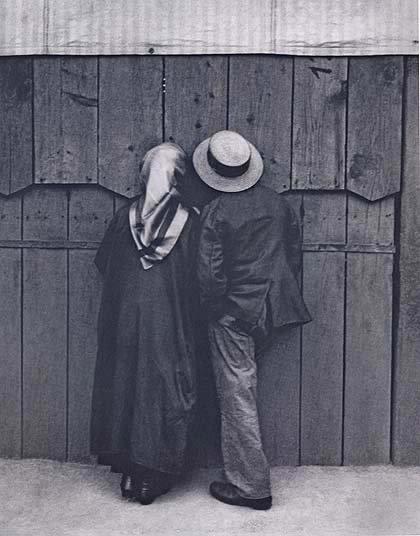
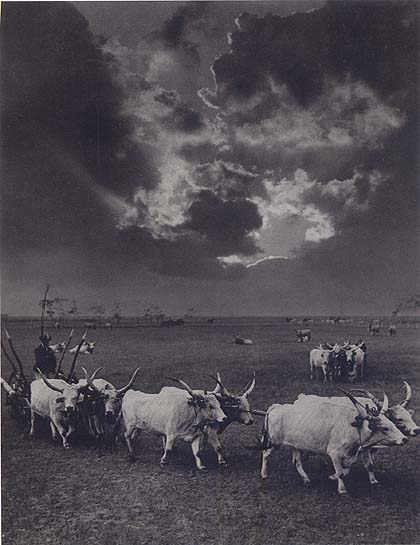
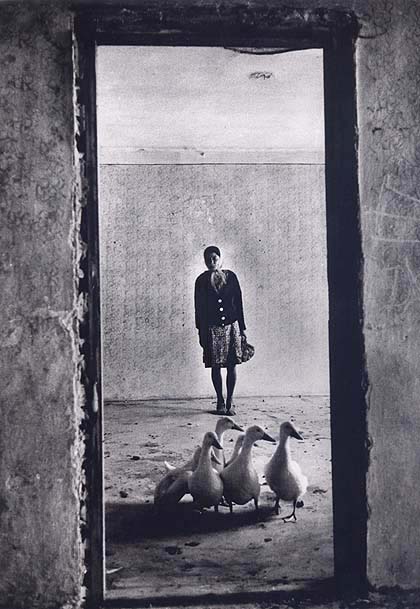
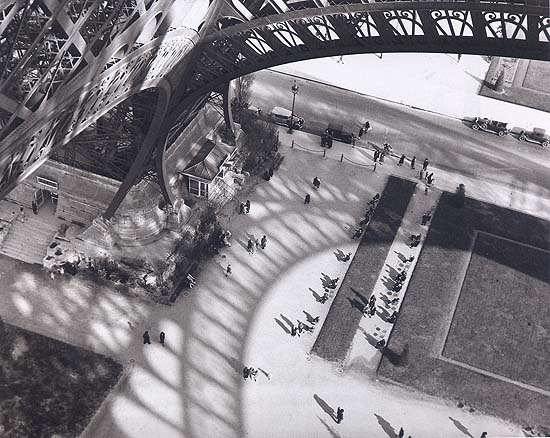
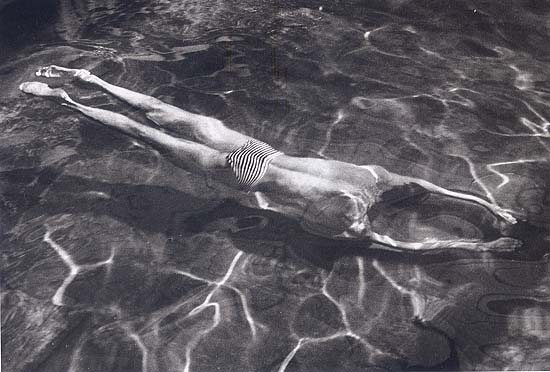
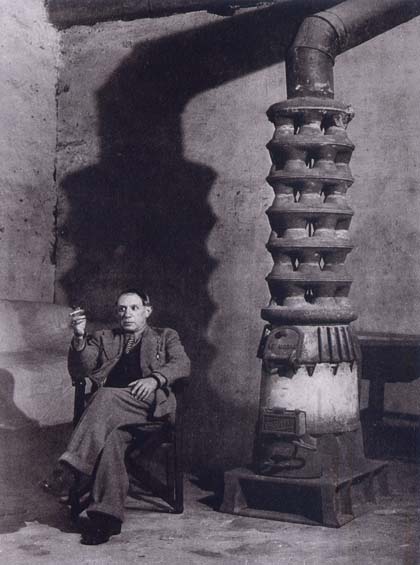
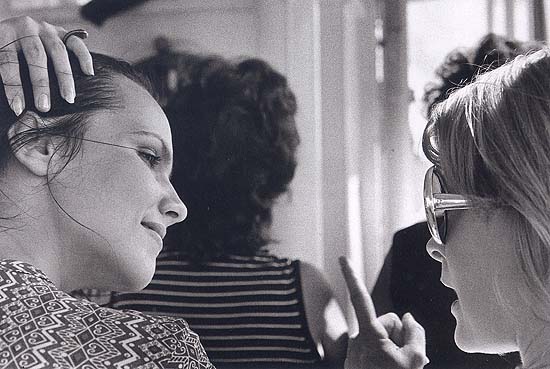
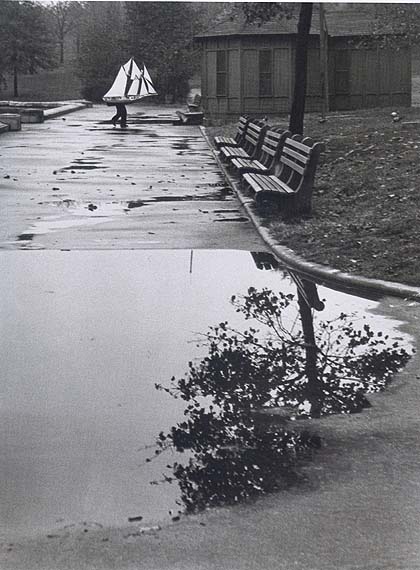
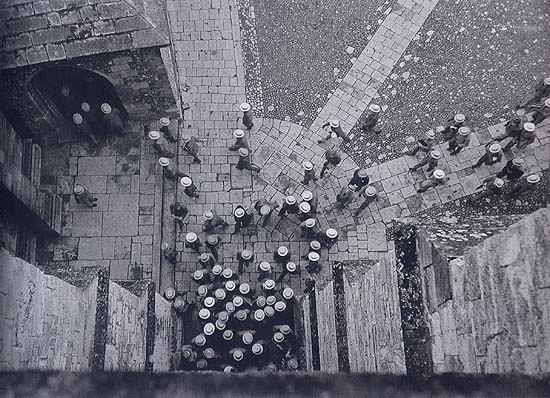
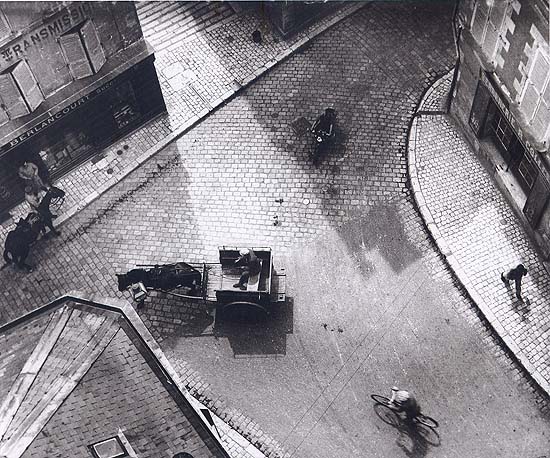
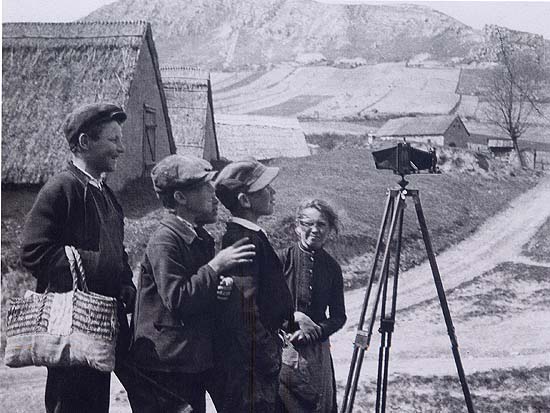
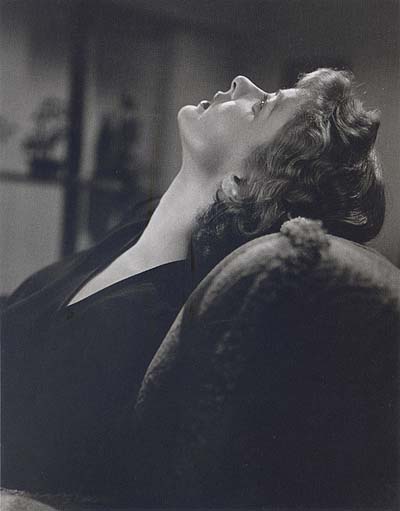
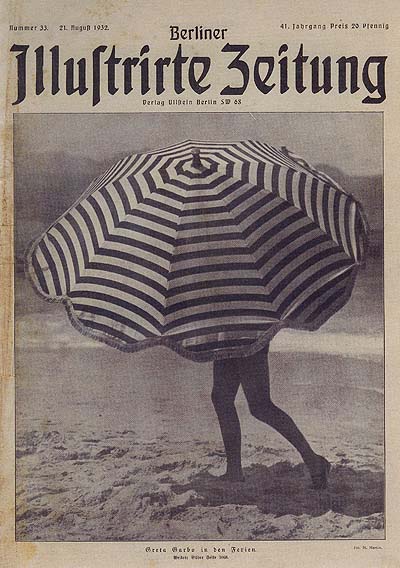
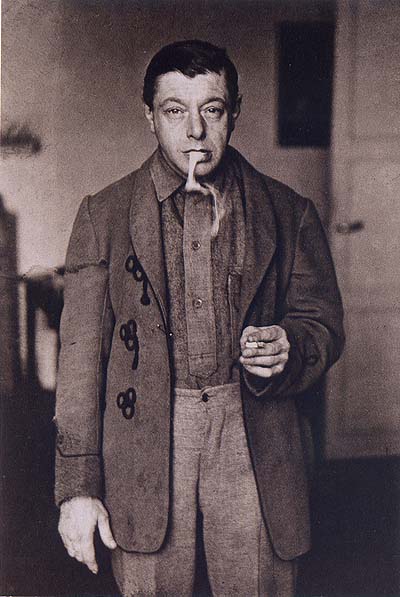
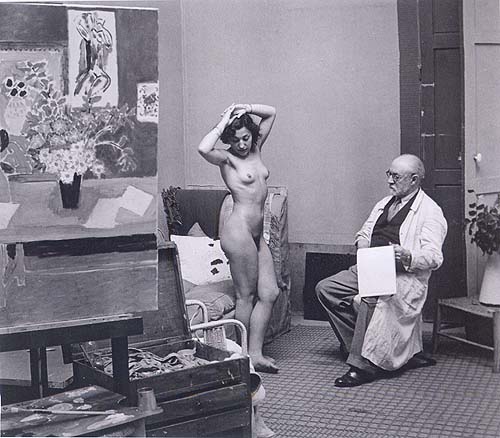
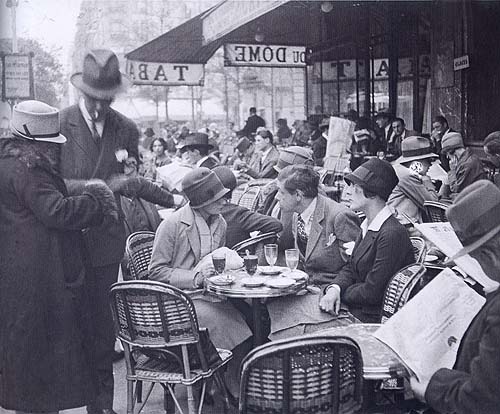

























































2 comentarios:
I left "Eyewitness" feeling I had missed something that everyone else could see. Rather than seeing that moment of perfect harmony, 'reality' captured, I saw artifice in some of the pictures. Capa's award winning "Death of a Loyalist Militiaman" didn't and doesn't look right to me, and on looking it up I see there's an argument that it was contrived. Likewise the wedge of smoke trickling from the mouth of Lajos Tihanyi seems unnatural in that standing pose - seated, during a pause in conversation, maybe. But I like Capa's 1942 picture of the Welsh miner, probably because I think the miner has got the measure of Capa and resists the manipulation. But, I confess to being unschooled, and thank you for making me think about what I saw.
I think your feelings did not deceive you. “Perfect harmony” and “reality captured”, as far as I understand, were but an ideal aimed by these avant-garde photographers and formulated by Cartier-Bresson. The way to elaborate this ideal as a working model necessarily led through experiences and half-successful results until the method was controlled in such a way that even the artificial (but indispensable) concept seemed completely natural (which is the final aim of all visual arts). Many of the photos on this exhibition are not “good” in this sense, and you have touched exactly the two ones which seem specifically artificial. But even the artificial ones are documents of the elaboration of this way (and this is an important aspect which, in my opinion, is not stressed enough in the catalog), while a number of others by the same authors already prove that it was a right way which finally led to the desired aim.
BTW, it seems to me that he organizers selected the exhibited pictures not primarily for their aesthetic but rather documentary value – this may also be a reason of unsatisfaction. The catalog of a similar exhibition in Hungary in 1998, mentioned at the end of the post, shows a somewhat equilibrated and attractive picture. I will try to present it later.
Publicar un comentario